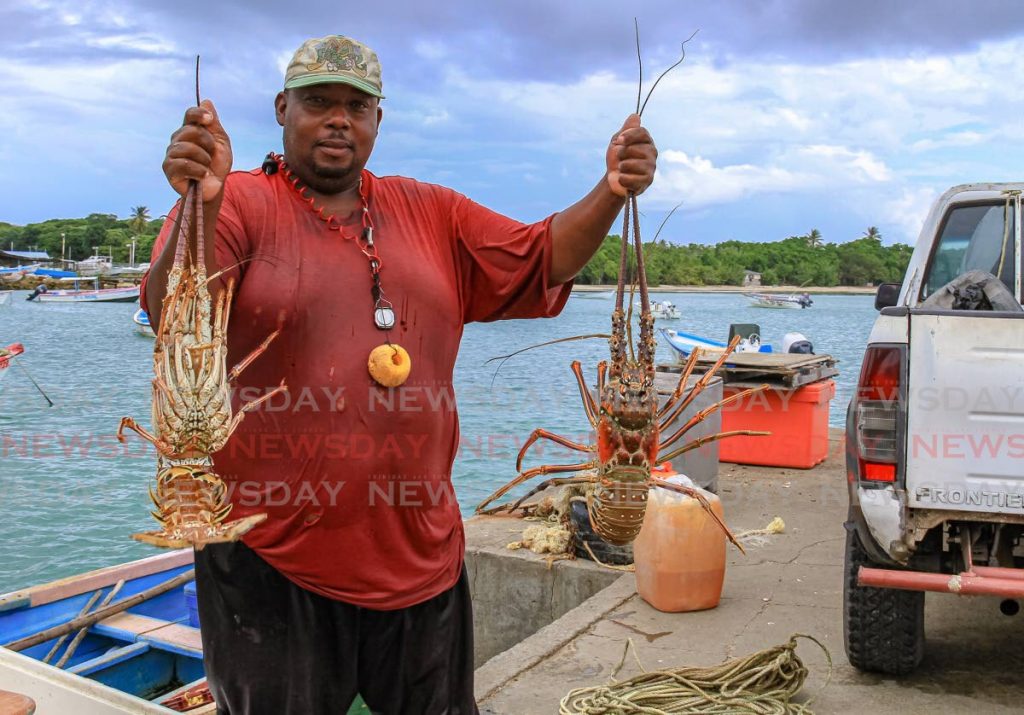IMA project probes benefits of marine agriculture

The Institute of Marine Affairs’ (IMA) project, The Development of The Mariculture Industry of Trinidad and Tobago, aims to promote the growth of mariculture, or marine aquaculture, in this country as part of the diversification of the economy. The project is being funded through the public sector investment programme (PSIP).
According to the World Bank, the blue economy is the sustainable use of ocean resources for economic growth, improved livelihoods and jobs, and while preserving the health of ocean ecosystems. IMA research officer Daniel Robinson, who is heading the project, said one of the emerging blue economy industries is mariculture, the breeding, rearing, and harvesting of marine animals and plants, which can take place in the ocean, or on land in tanks and ponds.
Robinson said as a small island developing state whose ocean area is 15 times larger than its land area, TT is ideal for this type of project. He said mariculture could contribute to the diversification of TT’s economy through reduction of food imports, increased local food production, livelihoods and jobs in the sector and downstream, and a consistent year-round supply of seafood. He said this was especially important as seafood production in TT has decreased even as its fishing effort had increased, a phenomenon observed worldwide.
He said the goal of the development project is to “contribute to the development of the mariculture industry of TT by conducting applied research into various marine species, production systems, and determining the most suitable areas for mariculture activities to occur. Currently, the ongoing activities the IMA is carrying out are a suitability study to determine the areas most suited for the mariculture activities, and the developing of mariculture research infrastructure.”
Robinson said so far based on some factors, the northeast, north central and northwest peninsula were the most suitable for mariculture, but these areas also had high marine traffic density and different industries such as oil and gas competing for the marine areas. He said these factors had to be considered when placing the project.

“Another ongoing project is the construction and operationalisation of the IMA’s mariculture laboratory. This 3,800 square foot facility contains a large open space which will contain a few marine re-circulating aquaculture systems surrounded by shipping containers which will contain the supporting labs, such as the water quality lab, live foods lab, algal and rotifer culture, histology lab, food storage and feed prep, the control and pump room, as well as an office space. We are on track to start constructing the main re-circulating system in December, continuing into the new year.”
Robinson said the main fish species which would be studied would be the Atlantic grouper, which is a commercially important fish and also listed as a vulnerable species by the International Union for Conservation of Nature (IUCN). A vulnerable species is one which is likely to become endangered unless the circumstances that are threatening its survival and reproduction improve. He said that meant commercial production of the grouper meant that some pressure on the natural stock of the fish would be relieved. The grow-out period from stock to harvest of the grouper is six to eight months.
He said future activities by the IMA would include research trials into marine species, experimental mariculture systems, the production of technical and financial analysis reports of mariculture production systems, and stakeholder discussion for promotion of mariculture systems and species.
Robinson said there was a need for a policy framework for mariculture, including integrated coastal zone management, marine spatial planning, mariculture policy, environmental protection, and a permitting system.
Robinson was speaking on Friday during the first of a series of IMA webinars which will be held each Friday describing various aspects of research by the organisation. To see the seminars and for more information on the IMA, visit their Facebook page https://www.facebook.com/IMAgovTT/ and their website at http://www.ima.gov.tt/


Comments
"IMA project probes benefits of marine agriculture"